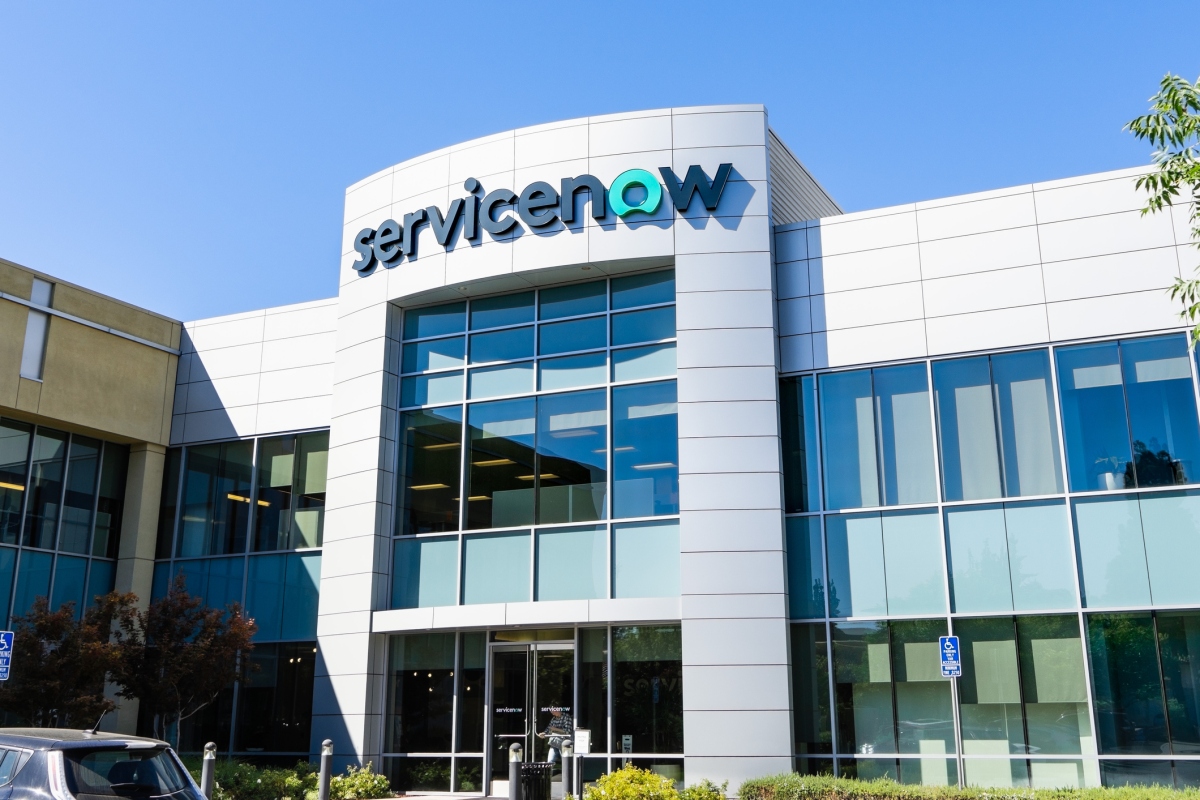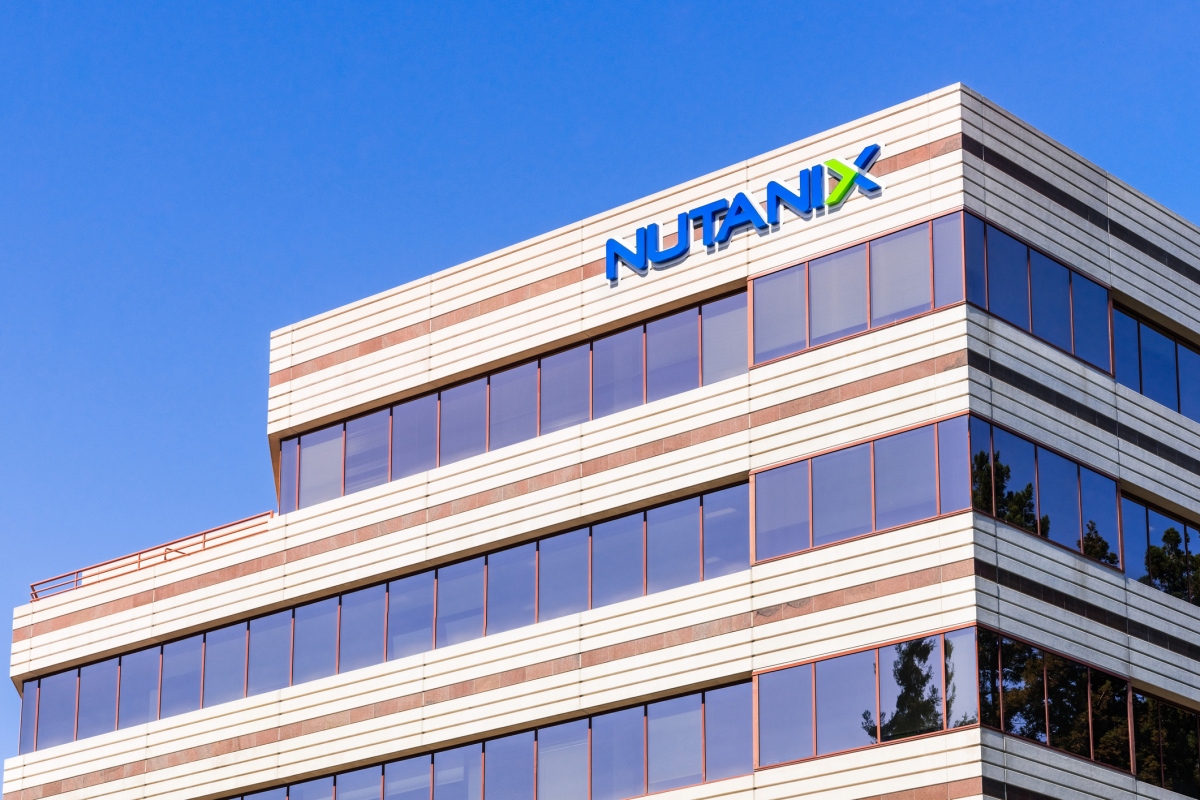SaaS startups that ignored VC advice to cut sales and marketing better off this year
Venture-backed startups have had to make myriad spending cuts this year in an attempt to either live up to a high valuation, minimize their burn rate or both. But new data from fintech Capchase shows that many startups — especially venture-backed ones — seem to be getting the wrong advice concerning where to downsize. Capchase, which lends non-dilutive capital to SaaS startups, looked at how more than 500 SaaS startups fared in a number of areas including revenue, runway and growth between August and December 2021 and between April and August 2022. One big takeaway was that companies that didn’t cut spending on sales and marketing were in a better financial and growth position now than those that did when the market started to dip in 2022. Miguel Fernandez, the co-founder and CEO of Capchase, said he was initially surprised by this finding because that doesn’t line up with the advice many VCs are giving their portfolio companies — at least on Twitter. However, the results do align with the fact that Capchase also found that most bootstrapped software companies were performing better than VC-backed ones this year — but more on that later.









